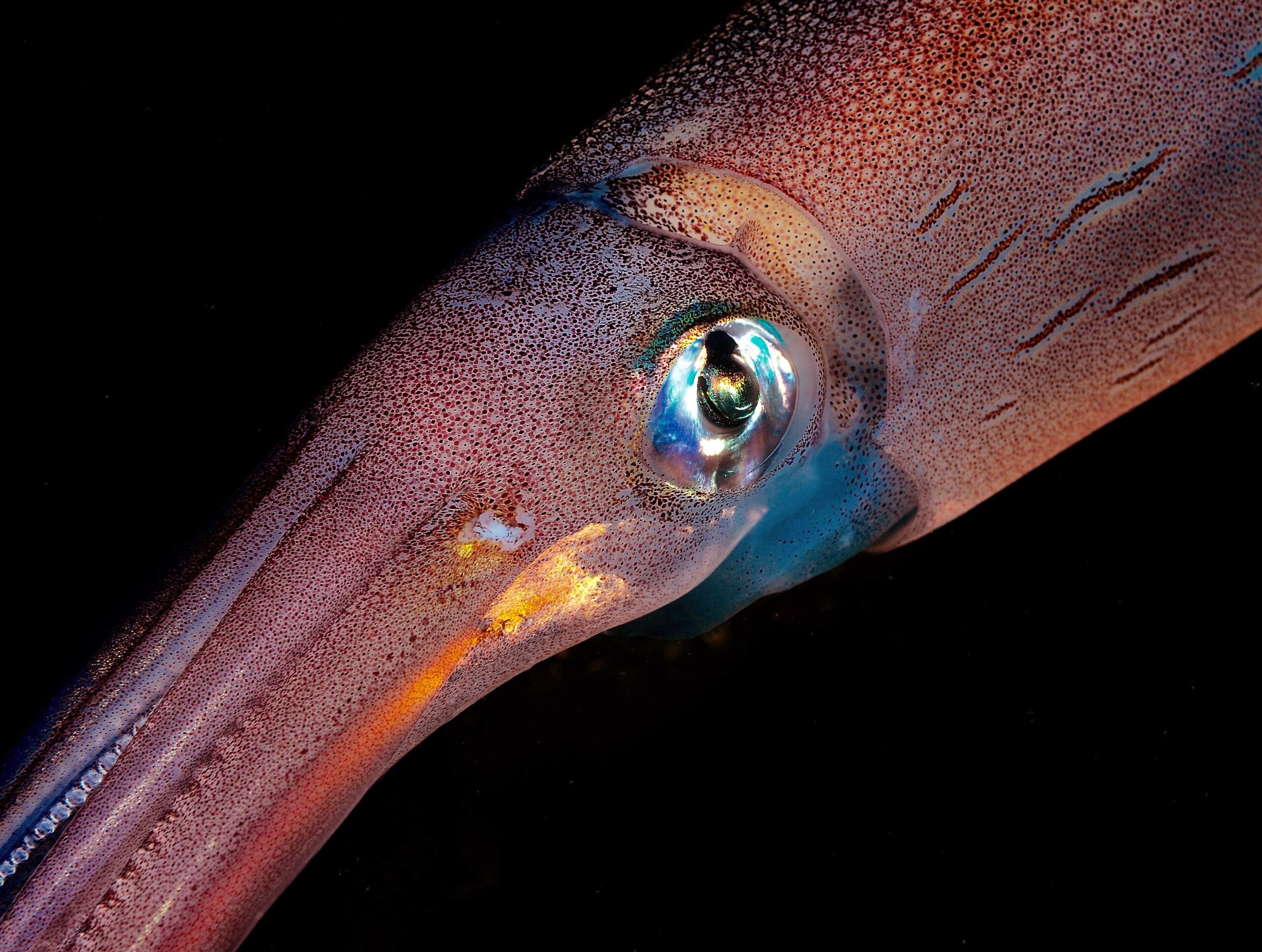DARPA and the U.S. Air Force are funding a next-gen stealth materials project that could help soldiers evade visual and thermal detection on the battlefield.
Spearheaded by the University of California, Irvine (UCI) and Marine Biological Laboratory (MBL), at the heart of this novel technology lies the first-ever captured 3D images of the cellular structures that give the longfin inshore squid (Doryteuthis pealeii) its exceptional camouflaging abilities.
Squid Camouflage
Native to the Atlantic Ocean, the longfin inshore squid has long been a master of optical deception. Within seconds, it can change its skin color from invisible transparency to brilliant, eye-catching hues to communicate, dazzle, charge, or escape.
This transformation is heralded by iridophores, light-reflecting cells in its mantle that manipulate light to produce rainbow-like colors or blend into the background. The squid controls how light scatters off its body through proteins called reflectin, which are arranged into nano-sized coils within these cells.
Viewing Iridophores in 3D
Realizing the longfin’s light-manipulation skills represent a goldmine of inspiration for next-gen stealth and camouflage applications, the UCI and MBL team used holotomography to study how its iridophores operate at a microscopic level.
Holotomography, unlike traditional microscopy, constructs a 3D refractive index map by measuring subtle light shifts as they pass through the squid. This reveals how these proteins twist and stack to form natural Bragg reflectors that can fine-tune light reflection with extraordinary precision.
Now You See Me, Now You Don’t
Armed with this knowledge, the UCI and MBL team have engineered a new biomaterial that can dynamically change its appearance across the visible and infrared light spectrums. More promising is the material’s scalability: The team has fabricated large-area arrays that can be integrated into military uniforms, thermal-management skins, and adaptive surfaces on unmanned systems or vehicles, helping them evade night vision devices, drones, and infrared sensors.
Image credit: Rui Palma/Shutterstock
